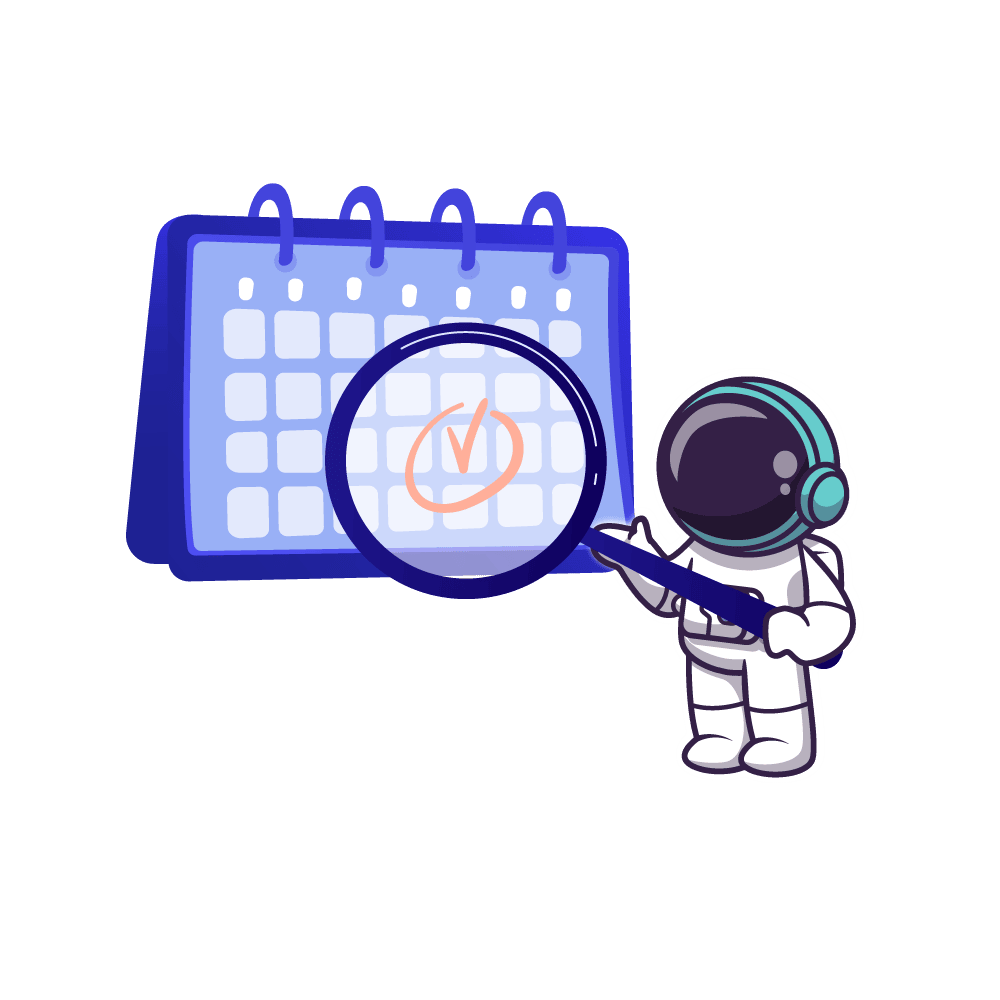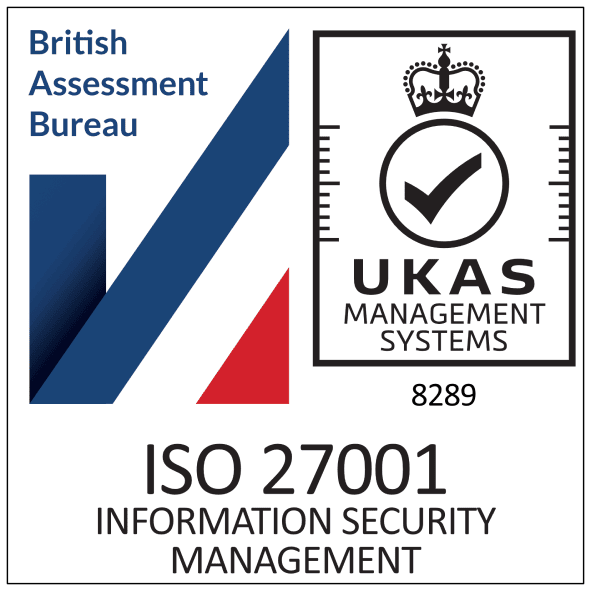In recent years, social media has certainly helped foster communication between people around the world, but it is no less true that email has been doing so for decades. Email, while having suffered a bad reputation lately due to the stigma of its supposedly too large carbon footprint (and being threatened with extinction in everyday use), is now well and truly continuing to perform. According to a report by Statista, 293.6 billion emails were sent daily in 2019. The figure is staggering and should rise 347.3 billion by 2022.
Email marketing has thus changed the way companies reach their customers. Distribution channels and campaign management have been simplified, moving from white elephants to fast, configurable solutions in just a few clicks. To truly appreciate the potential – in our opinion still untapped – of using email, we need to delve into its history and see how it has evolved into what it is today, up to its most advanced version: dynamic email (also called AMP email).
Brief history of email, from its genesis to today
Plain text email
We could go through the entire history of email, but that would require a more in-depth article dedicated to this topic.
We want to deal mainly with the novelty of AMP (Accelerated Mobile Page), initially integrated by Google and its Gmail email.
The history of email begins almost with the history of the Internet. At that time, email was a simple communication tool, mainly between academics. Emails did not contain formatting of any kind. They were simply strings of characters that all had the same size, font and color:

The birth of HTML email
With the arrival of E-commerce in the 2000s and the emergence of email marketing, this format quickly met its limits. Indeed, the raw format was too simple and did not meet the need of companies to offer their customers or prospects rich content and image of their brand.
It was therefore supplanted by the HTML email format (HTML being the language used until then to create web pages).
HTML emails are emails that have the same behavior as an HTML page. They can incorporate formatted text (color, size, typography, effects …) but also images, sounds or even videos.
This format, by its versatility, has dethroned raw emails. HTML emails are much more beautiful and readable. However, they have a major drawback: their compatibility with email tools. The HTML email will not be displayed in the same way on Outlook, Mac Mail, Lotus, Mozilla Thunderbird or Webmails like Gmail. They will not be visible in email tools from the beginning, because it took several years to make them compatible by all. Some media content, like gifs, will not be displayed or read.
Nevertheless, HTML email will open the way to branding. Its advanced personalization capability allowed it to adopt the visual codes of the brand. The same acquisition tracking techniques are used as for websites: it has become possible to precisely track users’ actions in order to follow the conversions of marketing campaigns. In other words, it is possible to do tracking (statistics on clicks and openings), unlike plain text email which showed its limits.
The limits of HTML email
Although HTML email use the same language as Web pages, their functionalities are limited by some email software for security reasons.
As email is in 95% of the cases the gateway used by hackers of all kinds, it is not uncommon to see them land directly in the spam folder of your Gmail box.
With a need for hyper-personalization of content on the web and in emails, HTML email has reached its limits. Real-time information transmission is not possible: once the email is sent, its content cannot change.
No dynamic content possible! This type of email remains a static email: the content is the one integrated at the time of sending and cannot be updated at the time of opening or by user interaction. Thus, if information must be displayed in real time (the weather for example), the information is likely to be obsolete by the time the user opens the email.

An emerging need for interactivity within emails
Email is the number 1 tool for prospecting and communication, ahead of social networks (see our article on how to succeed in cold emailing). It is constantly used for newsletters, but also with CRMs (especially with the development of email automation).
The arrival of responsive emails has also allowed an improvement of user engagement, knowing that today 1 email out of 2 is read first on mobile. Nevertheless, a point of friction remains, especially on mobile, related to the need to leave the email to reach landings pages.
In 2019, Google opened in beta a new type of email based on the AMP language. Already used for web pages, the AMP language is actually an extension of the HTML language. This type of email allows the recipient to interact with the email without leaving it. The content is updated each time the email is opened or following a user interaction with the email. This opens up new possibilities and offers a new experience to users.
Launched in 2019, Lodago participated in the testing of this new technology, which lasted several months. AMP email is today available for everyone on Gmail, Gsuite and Yahoo, , and offers exciting features and possibilities:
- Sign up for an event directly in the email
- Fill in the fields of a questionnaire or a survey
- Make an appointment with your doctor, with real-time availability updates
- Pay online, with prices and inventory updated each time the email is opened
Here is an example of AMP email at work for the appointment booking in the email, available at Lodago:
After Gmail, Outlook, Yahoo and Mail.ru are now embarking on the AMP email adventure
Gmail was the first webmail to deploy an AMP email solution. Afterwards, 3 others important Webmails implemented this technology: Outlook.com, Yahoo and Mail.ru.
Gmail, Outlook.com and Yahoo represent at least 50% of commercial emails sent to B2C targets in France. We have therefore gone from an AMP technology supported by Google alone to a technology which compatibility has been extended to a majority of email publishers.
Email AMP: what's in it for the messages sent?
It is increasingly difficult to engage users on content, as they are so solicited. No need to remind that your deliverability is closely linked to your engagement rate.
Interactivity, email personalization and original content display can come to the rescue of this lack of engagement.
Several companies have tried to address this issue of un-relayed content in our email, but without success (like Reelevant in France or LiveClicker and MovableInk). These companies often use dynamic generated images.
Another trend is what is called Kinetic email, an attempt to push to the maximum the possibilities of HTML and CSS for emails (which possibilities are limited for some email clients or Webmails) in order to bring interactivity in messages: integrated carousels, CSS animation, menus, status changes on hover or tooltips…
It is therefore legitimate to wonder about the advantage of AMP email compared to what could be done before with email.
Everything is natively integrated in the language! No more need for multiple hacks or to provide a fallback solution for email clients (Outlook comes to mind) that do not support certain techniques.
Some examples of AMP email usage (Accelerated Mobile Page):
- AMP gives the possibility to dynamically modify products or prices according to their availability at the time of the consultation of the message, and this without having to go through images. This updated data can be contained in the text of the message, which is not the case with other current techniques.
- AMP allows you to create an email as if it were a mini-site or a catalog: tabs, accordions, sliders, forms (with management of the sending of certain data and display of a confirmation message directly in the email) make it possible for you to offer an interactive experience directly within the messages.

What are the benefits of using AMP email?
Sending dynamic emails offers multiple advantages. Indeed, interactivity with the consumer or prospect is more and more sought in marketing. It allows for more proximity to the brand.
Dynamic email allows to have a more direct exchange with the recipient and to personalize the content of the email in order to improve your deliverability. Indeed, getting a better user engagement rate is the key factor of deliverability. It is also possible to have new metrics on the email concerning for example clicks and interactions.
Another advantage is that this new AMP technology allows you to stand out completely from the competition. Personalization connects the loaded data to a recommendation engine that sends relevant data for each user. It’s still not widely used, but it’s increasingly proving its worth. Although social networks are more trendy than emailing, the latter is still more efficient to sell. Dynamic email can become your new competitive advantage and will be very useful in your cold email prospecting campaigns in BtoB.
Finally, the fact of not making the customer or the prospect leave the email allows to increase the transformation rate. Indeed, 36,75% of prospects abandon their purchases because of a too long payment path and 44% because of pages that do not load fast enough. Here, the checkout process will be reduced to a few clicks without even needing to open a new page in the browser thanks to the dynamic email.

A technology now available
AMP technology applied to digital marketing and email is therefore promising. With dynamic email, Google announces that its partners obtain an increase of up to 60% of the conversion rate and a click rate twice as high!
Today, Lodago is committed to making this technology available to over 2.1 billion active users.
Indeed, after nearly 20 years of experience in IT, including 10 years in the field of emailing, we now offer a plugin that allows your prospects and/or customers to make an appointment directly inside your emails directly, without having to open a new window. We are the first on the market to offer an emailing solution using the AMP email technology (or dynamic email), allowing you to take advantage of an unprecedented competitive advantage : reduce 100% of the friction of the appointment booking process and increase your conversion rate up to 60%.
Don’t wait any longer to discover Lodago!








